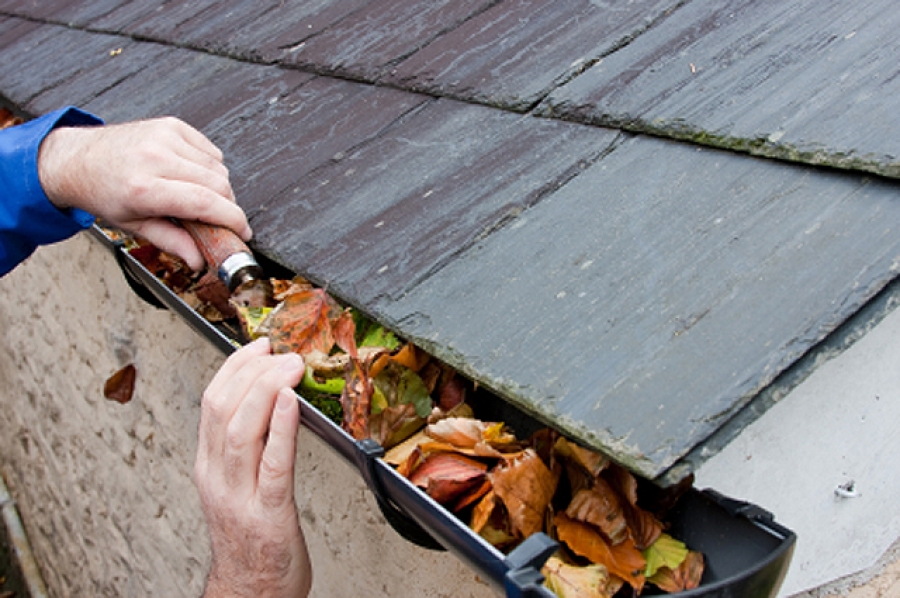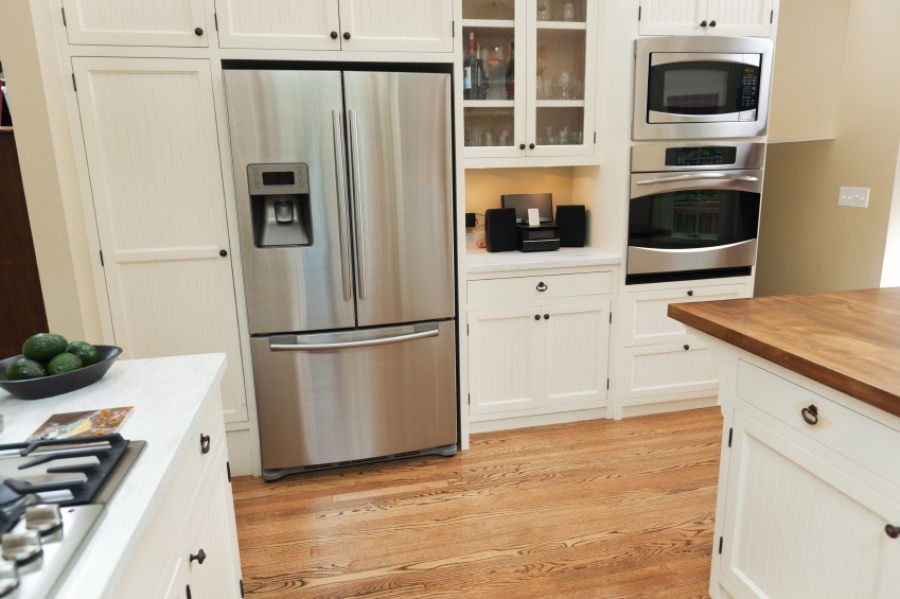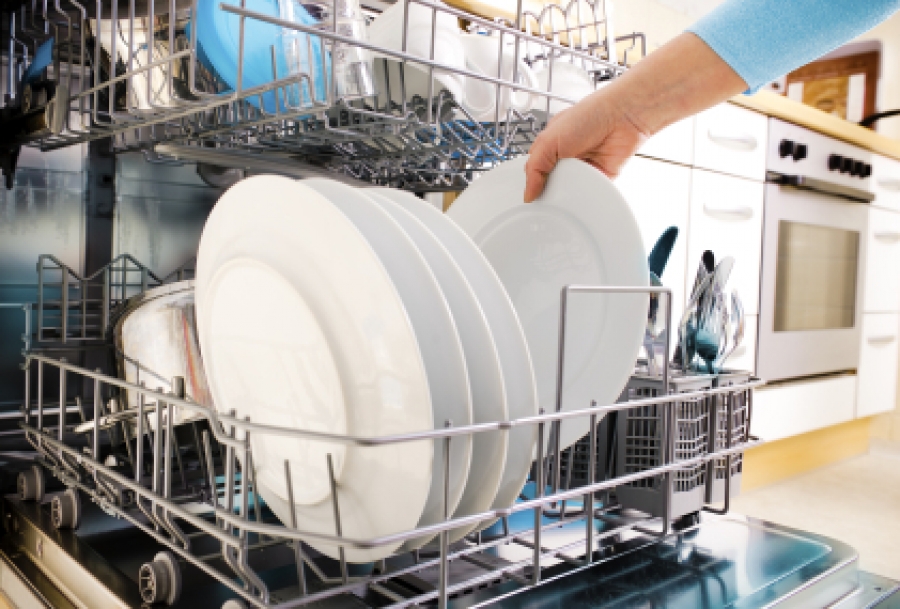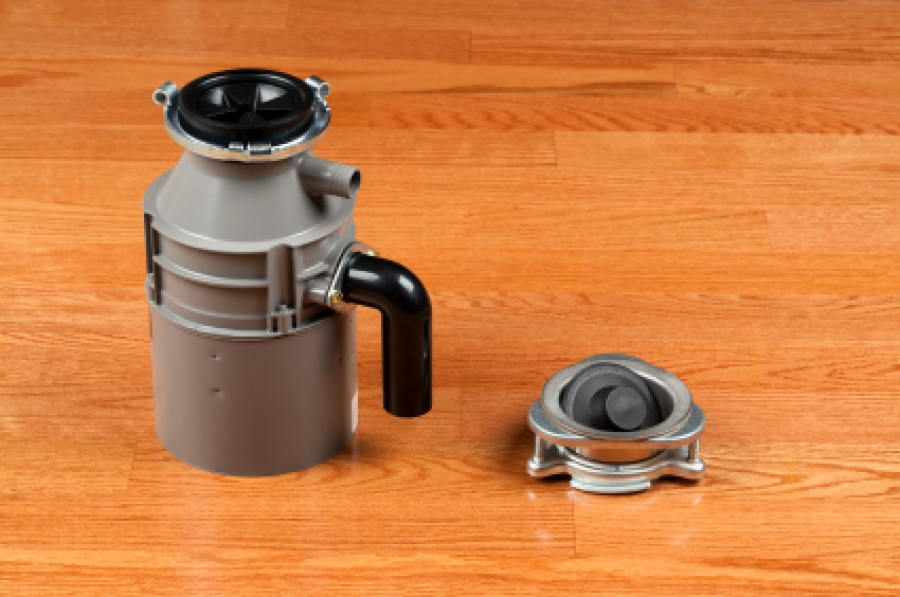Maintenance Tips: Central Air Conditioner
Video
Perform a few simple maintenance tasks, schedule professional HVAC service on a yearly basis, and enjoy efficient performance and trouble-free operation of your central air conditioner throughout its expected lifespan (and maybe longer).
Invented after the turn of the 20th century but not mass-produced for homes until after World War II, the air conditioner has increased our comfort and modified the landscape from coast to coast. According to the U.S. Department of Housing and Urban Development (HUD) 2009 American Housing Survey (AHS), 75% of owner-occupied housing in the United States has a central air conditioning unit. The average life expectancy of these air conditioning units is 10–15 years, according to the Study of Life Expectancy of Home Components, prepared in 2007 by the National Association of Home Builders (NAHB). Neglecting your unit will result in a shortened lifetime, costly repairs, and higher energy costs due to inefficient operation. Maintain your unit and you will extend its lifetime and keep repair and energy costs low while ensuring your comfort on those hot summer days.
A central air conditioner is part of your home’s heating and cooling system. A central air conditioner is a closed loop system, and the specific components that make up the central air conditioning portion of your heating and cooling system include a condenser (outside) and an evaporator (inside). The condenser contains a compressor, coils, and fins. Piped refrigerant is compressed under high pressure and temperature in the compressor and then travels as a superheated vapor into the coils. It expands into a cool, low-pressure gas as it enters the evaporator, which is located on the supply side of a furnace, within the plenum. After warm air from the return side is filtered, the furnace blower directs air over a chilled evaporator. This supplies cooled, conditioned air to rooms within your home.
Ensuring that this happens during the summer months requires a little teamwork between the homeowner and a trusted HVAC technician. Easier said than done? Understanding just who qualifies as a trusted HVAC company can be a rather difficult task. I developed a better understanding of how to do this after I spoke with the owners of Maumee Valley Heating and Air Conditioning, an HVAC company that has been in business in Toledo, Ohio, since 1965. While talking with the owners, Chris and Patti Theodorou, I learned about the North American Technician Excellence, Inc. (NATE). “An HVAC technician with a NATE certification assures a homeowner that the technician working on their HVAC system is highly trained and skilled," Patti Theodorou says. Finding a local HVAC contractor that employs NATE-certified technicians in your area can be accomplished online by using the NATE HVAC Contractor Locator.
HVAC Technician Responsibilities
Your trusted HVAC technician is the best source for information about your home's central air conditioning system. The technician should be able to properly maintain, troubleshoot, provide parts for, and make necessary repairs to your air conditioner. “Consumers should find a company that they trust and use them for all of their HVAC needs. A technician who has a complete service history will know that an HVAC system has had factory-authorized parts installed versus after-market parts, which may affect the proper operation and UL listing of the equipment,” recommends Patti Theodorou.
Keep in mind; it is best to schedule professional HVAC service before it is needed. Generally speaking, maintenance on the cooling portion should be done once a year, during the spring. This spring service call should include the following maintenance tasks:
-
Ensure that the thermostat is functioning properly,
-
Inspect the furnace filter,
-
Inspect and clean the evaporator and coil,
-
Inspect, clean, and adjust the blower motor,
-
Inspect the condensate drain for blockage,
-
Inspect and clean the condenser and coil,
-
Inspect the fan motor and blades for damage and proper operation,
-
Inspect all components, wiring, and controls to ensure that they are safe and working properly, and
-
Inspect refrigerant piping for leakage, repair any existing leak(s), measure and (if necessary) balance the refrigerant level.
While most of these tasks are related to the mechanical operation of a central air conditioning system and it is possible for a knowledgeable homeowner with the proper tools to complete such tasks, refrigerant within the system is dangerous to the ozone and as such is federally regulated. Federal regulations govern an individual’s ability to purchase, dispose of, and handle refrigerant. Section 608 of the Clean Air Act of 1990 requires an EPA Refrigerant Usage Certification in order to purchase refrigerant and repair systems containing ozone-depleting refrigerants such as chlorofluorocarbons (CFCs) or hydrochlorofluorocarbons (HCFCs). With regard to disposal of refrigerant, the EPA states that “it is illegal to intentionally release any refrigerant during the maintenance, service, repair, or disposal of refrigeration and air-conditioning equipment, unless [the] EPA determines that such a release does not pose a threat to the environment. It is illegal to intentionally vent all CFC, HCFC, and HFC refrigerants including, but not limited to, R12, R22, R134A, R404A, and R410A.” Balanced refrigerant levels within a system are essential to proper operation. An out-of-balance system will operate less efficiently than a balanced system and will have higher energy costs and a reduced lifetime.
Homeowner's Responsibilities
In comparison, a homeowner's responsibilities are somewhat limited in scope. However, this doesn’t preclude the importance of completing them. “We often run into 'lack of filter replacement' problems at our customers’ homes. Regular filter replacement is the single most important thing a homeowner can do to help maintain their HVAC system,” says Chris Theodorou. If you're a homeowner, you should perform these simple tasks:
-
Inspect your furnace filter monthly, changing or cleaning it as needed. How often you change your furnace filter depends on the type of filter you have, furnace blower fan operation, and the conditions that exist in your household.
-
Turn off power to the furnace. Clean the condensate drain line using a vinegar and water solution.
-
Inspect the condenser (outside) and the area surrounding the unit. Using a carpenter’s level, ensure that the condenser is sitting level. The condenser should be able to efficiently draw air into the system. Remove any debris, keep the landscaping cut back at least 2' –3' from the unit, and trim grass and weeds that surround it.
-
Use a garden hose to gently spray off the exterior side of the condenser. Rinsing the condenser clears any loose dirt, debris, or residue from the components and metal surfaces. For safety reasons, disconnect power at the condenser prior to working around it.
-
During the cold months, covering the entire condenser is not advised. Water trapped in the interior of the condenser may cause the metal components to corrode. If you want to prevent objects and debris from falling into the condenser, you can cover the top opening with an appropriate material safely secured to the unit.
Beyond the aforementioned tasks, you can also perform a couple of inspections to ensure optimal performance of your HVAC system.
-
Take a trip to each room of your home and identify return and supply grilles. Ensure that no objects (such as furniture, rugs, clothing, baskets, etc.) are sitting on or blocking the return and supply grilles.
-
Inspect the ductwork, where it is accessible, in the attic, basement, and/or crawl space of your home. Examine ductwork for holes, loose tape, disconnected sections, etc. If you notice any of these problems, repair and/or seal these areas by using a mastic sealant or insulation and metal tape. The U.S. Environmental Protection Agency (EPA) has developed a helpful Energy Star guide, Duct Sealing, which contains more information regarding common duct problems and solutions to prevent air leakage.
When you spend a little time each spring performing a few simple maintenance tasks and schedule yearly service for your HVAC system, you will remain cool during the hot summer months, keep more money in your pocket, and extend the life of your air conditioner.

Jeff Calcamuggio
Jeff is an Editor-at-Large for Buildipedia.com who writes and edits Featured At Home and Knowledgebase content. Prior to joining Buildipedia, Jeff's work experience included carpentry, construction documentation, specification writing, construction administration, project management, and real estate property inspection. Jeff is a member of the Construction Specifications Institute (CSI) and an educator at Columbus State Community College and enjoys challenging DIY home improvement projects.





